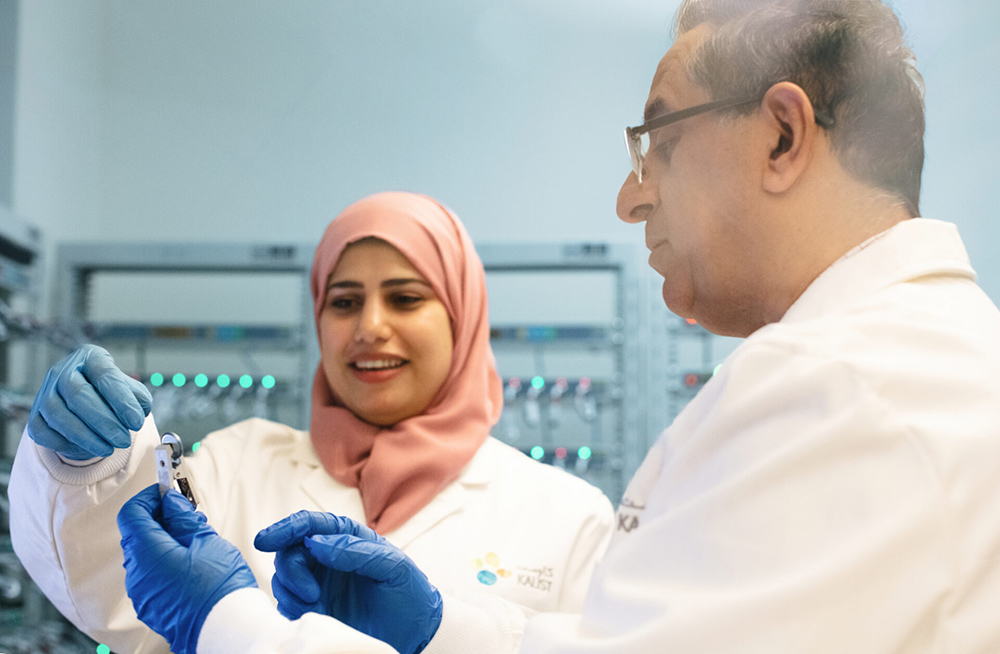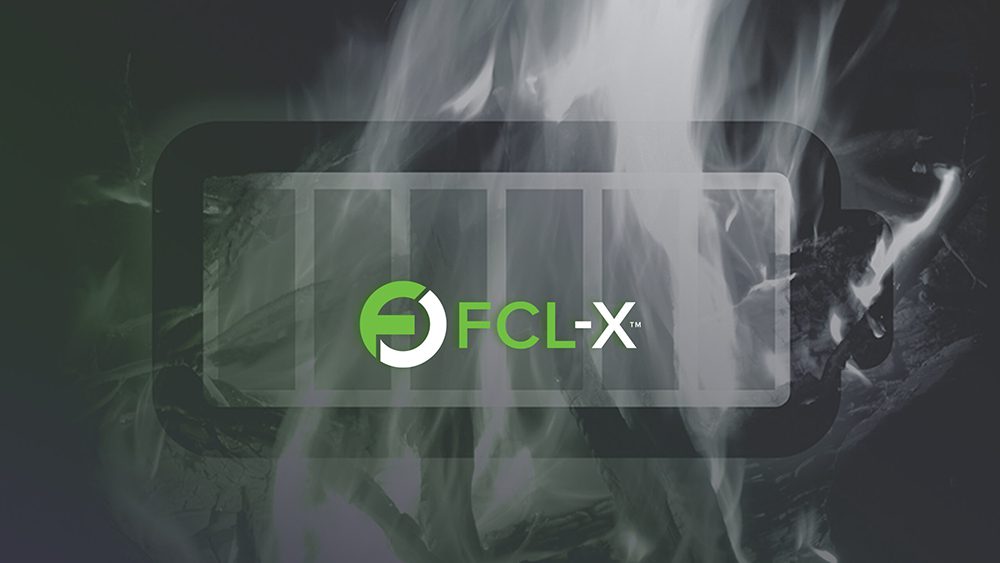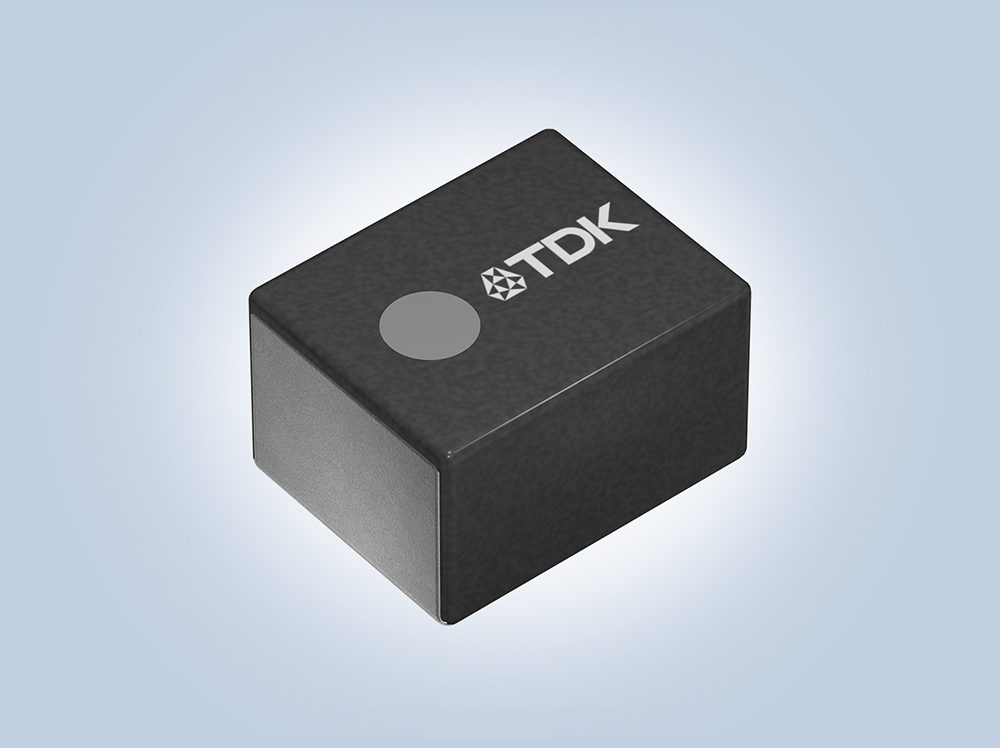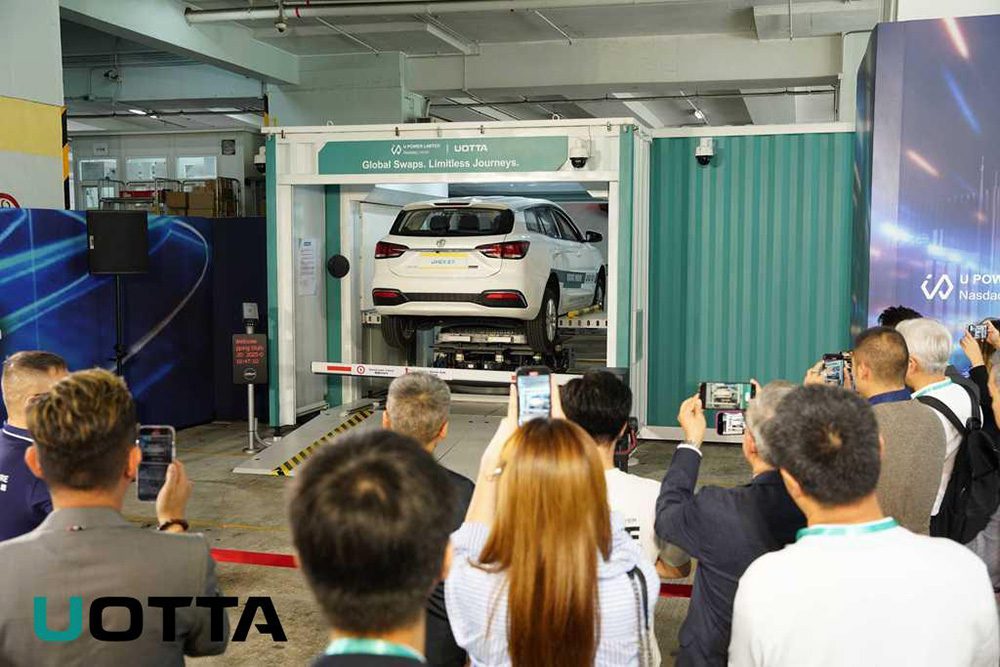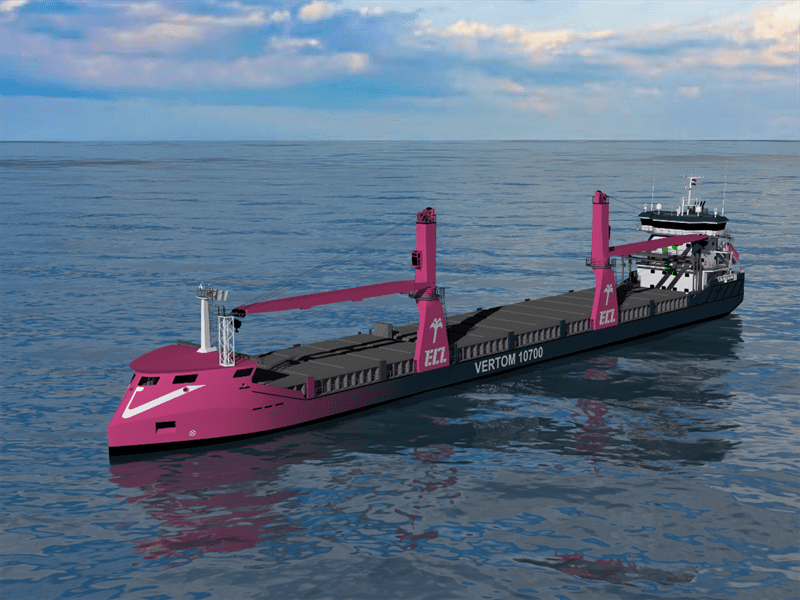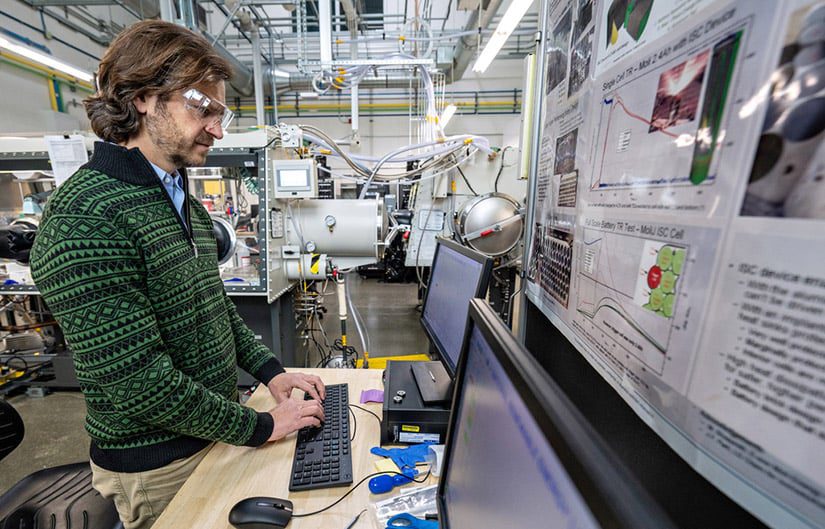Researchers at KAUST, a Saudi Arabian private research university, have used laser pulses to increase MXene’s energy capacity for enhancing next-generation battery anodes.
The team, led by Husam N. Alshareef and Ph.D. student Zahra Bayhan, discovered that the chemical change that forms molybdenum oxide within the structure of an alternative electrode material known as MXene causes its degradation. MXenes based on molybdenum carbide have particularly good lithium storage capacity, but their performance soon degrades after repeated charge and discharge cycles, the researchers found.
Laser treatment boosts battery performance from KAUST Research on Vimeo.
Alshareef and Bayhan used laser scribing in which infrared laser pulses create “nanodots” of molybdenum carbide in MXene to solve this problem. These 10-nanometer-wide nanodots were coupled to MXene layers using carbon compounds. These nanodots increase lithium storage and speed up charging and discharging, decrease the material’s oxygen content, prevent problematic molybdenum oxide formation and boost MXene’s conductivity and structure while charging and discharging.
The researchers tested the laser-scribed anode in a lithium-ion battery for 1,000 charge-discharge cycles. MXene showed four times the electrical storage capacity of graphite.
“Unlike graphite, MXenes can also intercalate sodium and potassium ions,” explains Alshareef. This could help to develop a new generation of rechargeable batteries that use cheaper and more abundant metals than lithium, for example.
Source: KAUST







